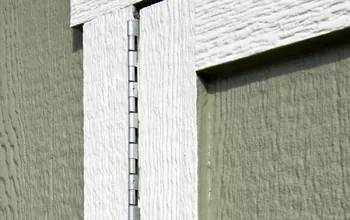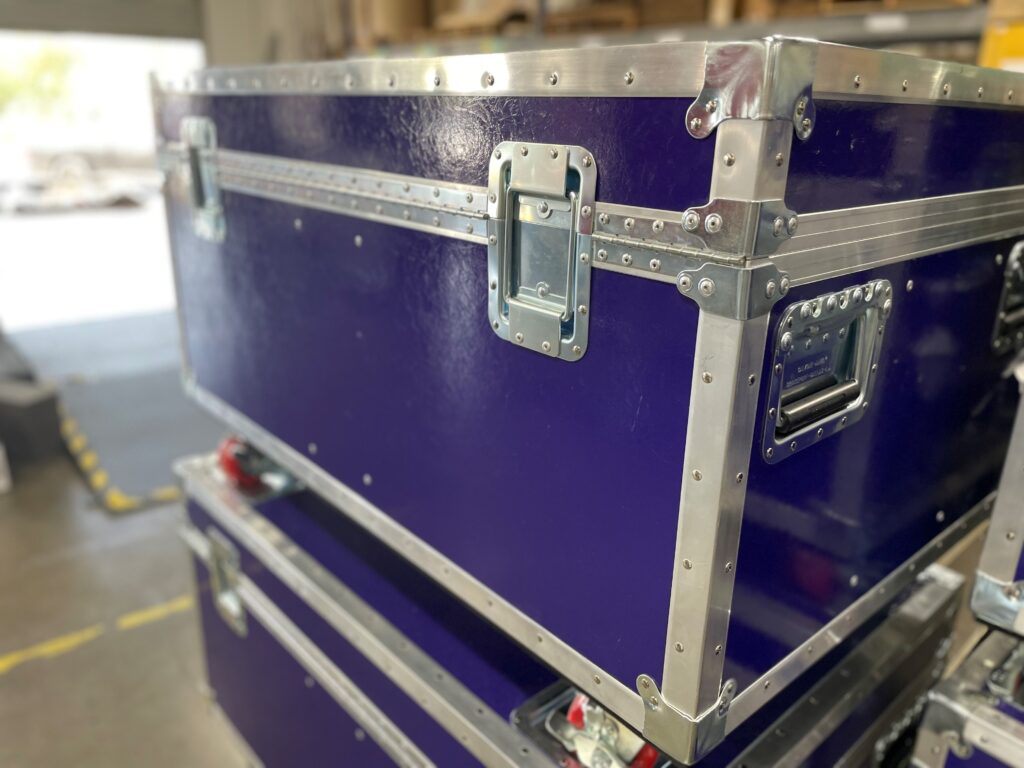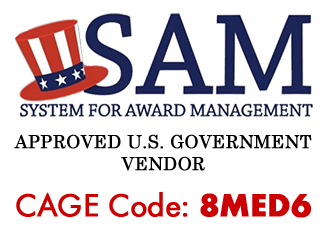A piano hinge is a continues hinge of various lengths and widths. It can be brass, zinc, stainless steel and more. Many people also refer to it as a continuous hinge. Although called a piano hinge, it is actually a very versatile hinge that can be used for many purposes.
What is a Piano Hinge?
Also known as a continuous hinge, it consists of two rectangular shaped pieces of metal joined in the middle with what is called a knuckle. A pin is inserted into the knuckle which holds all the pieces together.

Piano hinges are designed to run the whole length of the object they are used on. For example, 12″ objects such as a lid and box would use a 12″ piano hinge to join them.
What Can Piano Hinges Be Used For?
While piano hinges are often used on pianos (makes perfect sense!), they are often found in other applications. Piano hinges can be used in a number of door applications such as sheds. A piano hinge door application will be much stronger as the hinge will run the full length of the door preventing sagging over time.

Piano hinges can also be used in any application needing a fold down door such as a desk or storage box. They can also be used on cabinet doors. Because piano hinges come in many lengths, widths and materials they can also be used in heavy duty applications such as commercial lighting storage cases.

What Are The Benefits of Using Piano Hinges?
Piano hinges are easy to install and maintain
Every 6 months or so you can wipe them with mild soap and water to remove any dust that has collected around the bearings. Hinges can also be lubricated as needed with a “dry” lubricant such as graphite, silicon or Teflon.
Hinges can be easily cut to length during installation with a hacksaw. Piano hinges do not require mortising and are easily aligned by inserting enough screws to hold the hinge in position on one side of whatever object you are joining. Then simply align the other object and continue inserting your screws. Piano hinges allow for even weight distribution of the load. Unlike shorter hinges, the weight of the joined objects will not act against the hinge as it runs the entire length.
In short, although piano hinges can be used for pianos, they also have many other uses. The projects are limited only by your imagination. See the entire selection of piano hinges at WoodworkerExpress.com and let us know how we can help you in creating something with these versatile hinges.











 Do Not Sell My Personal Information
Do Not Sell My Personal Information